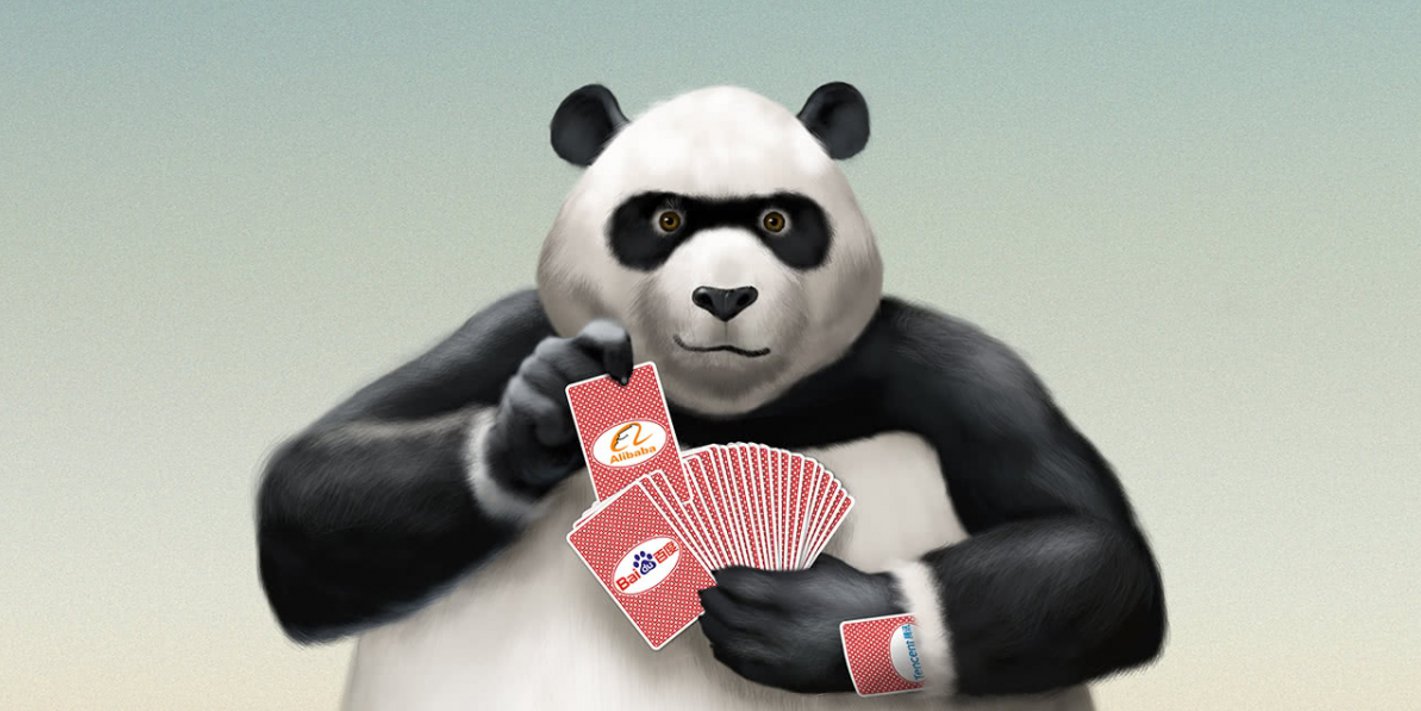How China is battling ever more intensely in world markets
But does it play fair?
IF DONALD TRUMP had slapped punitive tariffs on all Chinese exports to America, as he promised, … he would have started a trade war. Fortunately, the president hesitated, partly because he wants China’s help in thwarting North Korea’s nuclear ambitions. But that is not the end of the story. Tensions over China’s industrial might now threaten the architecture of the global economy. America’s trade representative this week called China an “unprecedented” threat that cannot be tamed by existing trade rules. The European Union, worried by a spate of Chinese acquisitions, is drafting stricter rules on foreign investment. And, all the while, China’s strategy for modernising its economy is adding further strain.
Вернуться на Главную

At the heart of these tensions is one simple, overwhelming fact: firms around the world face ever more intense competition from their Chinese rivals. China is not the first country to industrialise, but none has ever made the leap so rapidly and on such a monumental scale. Little more than a decade ago Chinese boom towns churned out zips, socks and cigarette lighters. Today the country is at the global frontier of new technology in everything from mobile payments to driverless cars.
Even as China’s achievements inspire awe, there is growing concern that the world will be dominated by an economy that does not play fair. Businesses feel threatened. Governments that have seen Brexit and the election of Mr Trump, worry about the effects of job losses and shrinking technological leadership. Yet if the outcome is to be good, they must all think clearly about the real nature of China’s challenge.
Go, in three dimensions
Undoubtedly, China has form. It kept its currency cheap for years, boosting exporters; it finances its state-owned giants with cheap credit; and its cyber-spies steal secrets. Yet depictions of corporate China as just an undemocratic, state-run monster, thieving and cheating to get ahead, are crude and out of date. Home-grown innovation is flourishing (see Briefing). The innovators are mainly private, not the many heads of a single creature called China Inc. To separate hype from reality, think of Chinese competition as having three dimensions: illegal, intense and unfair. Each needs a different response.
First, consider illegality. The best example is the blatant theft of intellectual property that makes for the most sensational headlines, such as the charges laid in 2014 against five Chinese military officers for hacking into American nuclear, solar and metals firms. The good news is such crimes are declining. An agreement with America in 2015 seemingly led to a marked drop in Chinese hacks of foreign companies and, as Chinese firms produce more of value, they are themselves demanding better intellectual-property protection at home.
The second dimension—intense but legal competition—is far more important. Chinese firms have proven that they can make good products for less. Consumer prices for televisions, adjusted for quality, fell by more than 90% in the 15 years after China joined the World Trade Organisation (WTO). China’s share of global exports has risen to 14%, the highest any country has reached since America in 1968. That may fall as China loses its grip on low-value industries such as textiles. But it is gaining a new reputation in high tech. If data are the new oil, China’s tech industry has vast reserves in the information generated by the hundreds of millions of its people online—unprotected by privacy rules. Whether you make cars in Germany, semiconductors in America or robots in Japan, the chances are that in future some of your fiercest rivals will be Chinese.
Last, and hardest to deal with, is unfair competition: sharp practice that breaks no global rules. The government demands that firms give away technology as the cost of admission to China’s vast market (see article). Foreign firms have been targeted in the biggest of China’s anti-monopoly cases. The government restricts access to lucrative sectors, while financing assaults on those same industries abroad. Such behaviour is dangerous precisely because today’s rules offer no redress.
Don’t get angry. Get even
Sorting Chinese competition into these categories helps calibrate the response. Blatant illegality is the most straightforward. Governments must prosecute and seek redress, whether through the courts or the WTO. Firms can better protect themselves against cyber-thieves—from China and elsewhere.
Though it is politically hard, the best response to intense competition is to welcome it. Consumers will gain from lower costs and faster innovation. Misguided attempts to hold back the tide would not only lose those potential gains but might also blow up the world trading system, with catastrophic results. Rather than try to stop the loss of jobs, governments should provide retraining and a decent safety net. Both companies and governments need to spend more on education and research. Six years ago Barack Obama said America faced a new “Sputnik moment” in China’s rise. Since then not much extra has been devoted to research, training and infrastructure.
The hardest category is competition that is unfair, but not illegal. One approach is to coax China into behaving better by acting collectively. America, Europe and big Asian countries could jointly publish information about economic harm from China’s policies—as they did by sharing details about overcapacity in the steel industry, nudging China into cutting its excesses. They should demand reciprocity, requiring China to give foreign companies the same access that its own firms enjoy in their markets. Governments need to review their policies for screening investments from China so that they can block genuine threats to national security (though only those). And they should also require that investors with state backing report this in full, and punish those hiding their true identity.
Much of the responsibility for putting this right falls on …



































